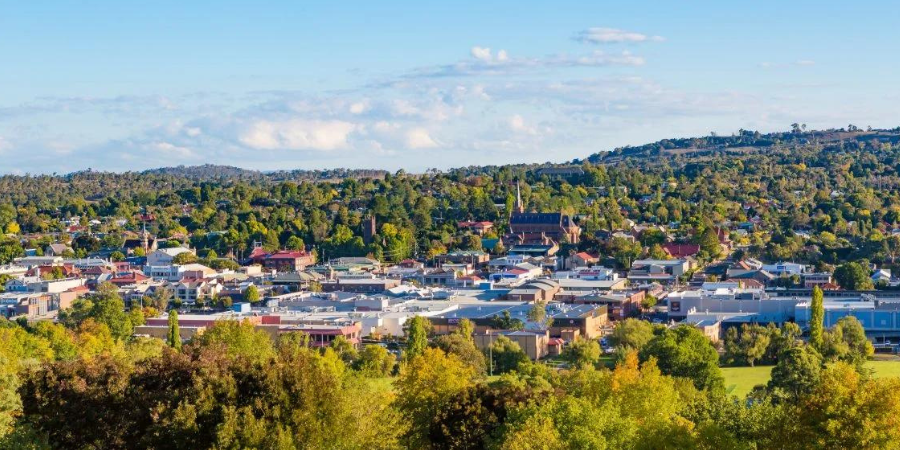keep the home safe and enjoy the warmth and cosiness of your wood heater for years to come.
Whilst we all enjoy a good wood fire, there are a few safety tips we must remember and precautions we must follow to stop any home fires occurring.
This blog will give you basic information on wood stove safety, including tips on installation, building a fire, maintenance and operation.
By following these recommended procedures and methods, you can safely and efficiently heat your home.
Installation
All operating wood stoves and furnaces require specific minimum distances or clearance between the bottom, top, sides, front and back of the stove and all combustible materials. If there isn’t enough clearance, the heat from the fire could reach nearby combustibles and lead to a serious fire.
Ensure you are using a certified fireplace installer and following all manufacturer’s instructions when installing your fireplace. Search AHHA’s list of certified installers and read more tips on installing your unit here.
Building a fire
Building an effective fire requires good firewood (using the right wood along with the right amount), and good fire-building practices. Ensure you read the below tips to avoid any potential hazards.
- Only use newspaper, dry kindling and all-natural or organic fire starters. Never start a fire with gasoline, kerosene, or charcoal starter.
- Do not burn wet or green (unseasoned) wood.
- Many wax and sawdust logs are made for open hearth fireplaces only. Check your wood stove or fireplace insert operating instructions before using artificial logs.
- If you use manufactured logs, choose those made from 100 percent compressed sawdust.
- Build hot fires. For most appliances, a smouldering fire is not safe or efficient.
For further details, see our tips on choosing wood here and fuelling your fire here
Operation and maintenance
Wood burning stoves require regular servicing and maintenance to avoid a potential fire. Without yearly servicing and cleaning, creosote can build up and block your flue, leading to a dangerous flue fire. Follow the below tips on maintaining your wood burning stove and click here to find a local AHHA professional to service your fireplace.
- Keep the doors of your wood-burning appliance closed unless loading or stoking the live fire. Harmful chemicals, like carbon monoxide, can be released into your home.
- Check the condition of the heater and flue, door seals, baffles, firebricks, etc.
- Check for bird nests in or near the flue system in the roof cavity.
- If loose insulation has been added to the ceiling i.e., blow in cellulose, etc., check carefully that none has built up in the flue cavity clearance area.
- Regularly remove ashes into a covered, metal container. Store the container outdoors on a non-flammable surface.
- Keep a fire extinguisher handy.
- Keep flammable items, like curtains, furniture, newspapers, and books, away from your appliance.
For further maintenance tips, read our blog on maintaining your wood fire here
By following our recommendations and precautions you can keep the home safe and enjoy the warmth and cosiness of your wood heater for years to come.



